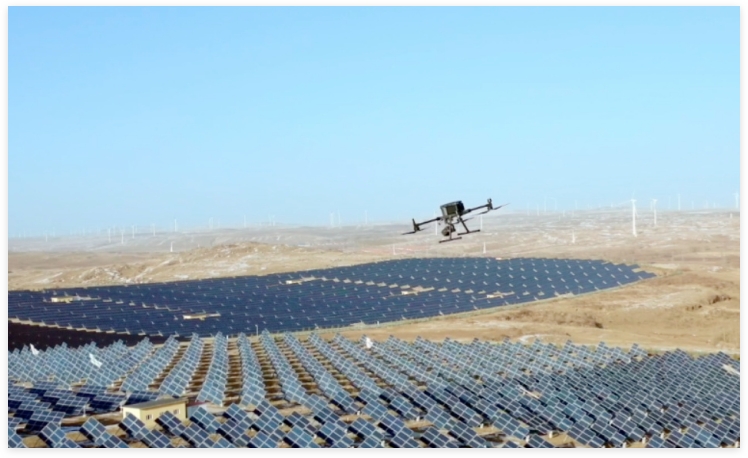Lidar Technologies: Transforming Surveying and Mapping
Geographic mapping and land surveying have been completely transformed by lidar technologies, which provide incredibly precise and effective substitutes for conventional techniques. In only a few minutes, surveyors can gather millions of data points, creating intricate topographical maps with centimetre accuracy. These skills are crucial for land development, civil engineering, and infrastructure planning. Large-scale land evaluations now take a lot less time and money because of their accuracy and quickness.

Encouragement of Environmental Conservation and Monitoring
A lidar drone is an effective technology for conservation and environmental monitoring. Scientists and environmentalists may examine how the terrain has changed over time by creating intricate 3D models of forests, coastal areas, and other ecosystems. LiDAR supports sustainable management approaches in forestry by measuring biomass density, tree height, and canopy structure.
It helps monitor erosion, sediment movement, and climate change impacts in coastal areas. The most remarkable use of LiDAR has probably been the discovery of ancient ruins concealed behind thick foliage in regions like South-east Asia and Central America, which has improved our knowledge of both natural and human history. LiDAR may identify minute changes in the landscape, bringing to light characteristics that may be imperceptible to the human eye, such as fault lines, elevation variations, or archaeological sites.
Encouraging the Inspection and Maintenance of Infrastructure
For the sake of both public safety and economic stability, major infrastructure like bridges, dams, and electricity lines must be inspected and maintained. Conventional examination techniques are frequently costly, risky, and time-consuming.
LiDAR provides a more effective and secure substitute. LiDAR devices, which may be mounted on drones or automobiles, can check infrastructure for corrosion, fractures, and misalignments that could otherwise go unnoticed. By using this information, engineers may schedule maintenance before issues worsen, lowering the chance of failure and increasing the lifespan of priceless assets. In addition to being economical, this proactive approach to infrastructure management is essential to preserving public confidence.
Comments
Post a Comment